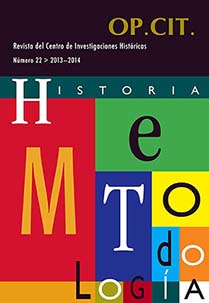Abstract
The current article examines the anthropological approach to primary archival sources, focusing on the ethnological and ethnohistorical discourse of the Agriculture-Farm Census of 1935 and the population census for Bayamón and nearby municipalities. Discussion focuses on two approaches. One considers the census as an ethnographic informant, one that can be observed, verified and corroborated by using other ethnographic and ethnohistorical strategies. A second approach regards the census as an object of material culture, an artifact, and as such, it provides information that can be observed and classified. The article also addresses how these censuses were conducted and how the economic information was gathered. Also, explores additional information, not necessarily apparent in each census plate, that otherwise could be gathered from the exercise of observing and reading each template.
URI: http://hdl.handle.net/11721/1020

